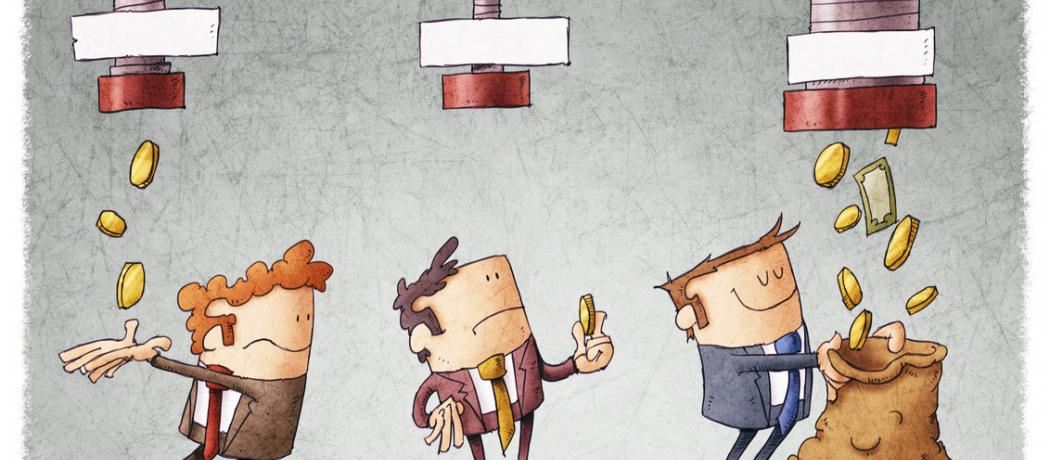Dr Elliott’s blog post about correcting BC physicians’ income inequality brought back memories from 1951. In my first year of medicine we had a brief course that focused on vital statistics and for some reason, in one exercise, we had to estimate what our income might be in our future practice. As a naïve 22-year-old I had no specific figure in mind. I just knew that I would be well compensated. Money was certainly not the incentive that pushed me toward a career in medicine, though I can no longer remember what exactly did push me.
Out of curiosity about the fiscal incentives, expectations, and inequalities faced by some of our medical pioneers in Central BC in the mid- and late-1800s, I reread Dr Eldon Lee’s book, Scalpels and Buggywhips. Part of his story tells of a dozen or more doctors, essentially adventurers, who came from Upper Canada, England, Scotland, Ontario, America, Quebec, Ireland, and other distant places to cash in on the Cariboo gold rush of the mid-1800s by mining and also offering their medical services. None of them died rich, either as gold miners or as doctors. Two physicians, Irish-born Dr Robert Tomlinson and Dr Horace Cooper Wrinch from England stood out from this adventurous medical pioneer group because they entirely lacked monetary interests; rather, their singular motivating driver was a belief in Christianity and the related strong desire to help others.
For a number of years medical students in their third year or early in their fourth year have to formulate their plans for a residency program that may lead them to their lifestyle and career goals. Fulfillment of the students’ career goals has covert implications relating to earning potential and the students may need to consider those factors, including some of the inequalities. Some specialties allow more time or at least a more predictable schedule for family time or other chosen activities. Other specialties are less suited for rural medical or surgical practice or laboratory oriented medical work. Some specialties require more time for education than others, along with increased costs.
How do these considerations factor into Dr Elliott’s “85% solution” to reduce income inequality? Dr Elliott suggests that “Once a doctor gets to $1 million their top 10 fee items drop to 85% for all doctors billing those items.”
In my mind his interesting suggestion is a bit like shortening the very long nose of a strawman. It may be cosmetically pleasing but does it do anything for those below the nose? Perhaps yes, if the nose shortening would be combined with padding the belly of this strawman with increases in certain fee items for family physicians—for example, more funds assigned for house calls or counseling times.
All told, a big thanks to Dr Elliott for presenting a lesson in statistics and for putting forward an interesting proposal to remedy a complex financial issue.
—George Szasz, CM, MD
Suggested reading
Elliott M. Physicians’ income inequality. BCMJ blog. www.bcmj.org/blog/physicians-income-inequality.
Lee E. Scalpels and Buggywhips. Medical pioneers of Central BC. Heritage House Publishing Company, USA. 1997. ISBN 10: 1895811430.
This post has not been peer reviewed by the BCMJ Editorial Board.

